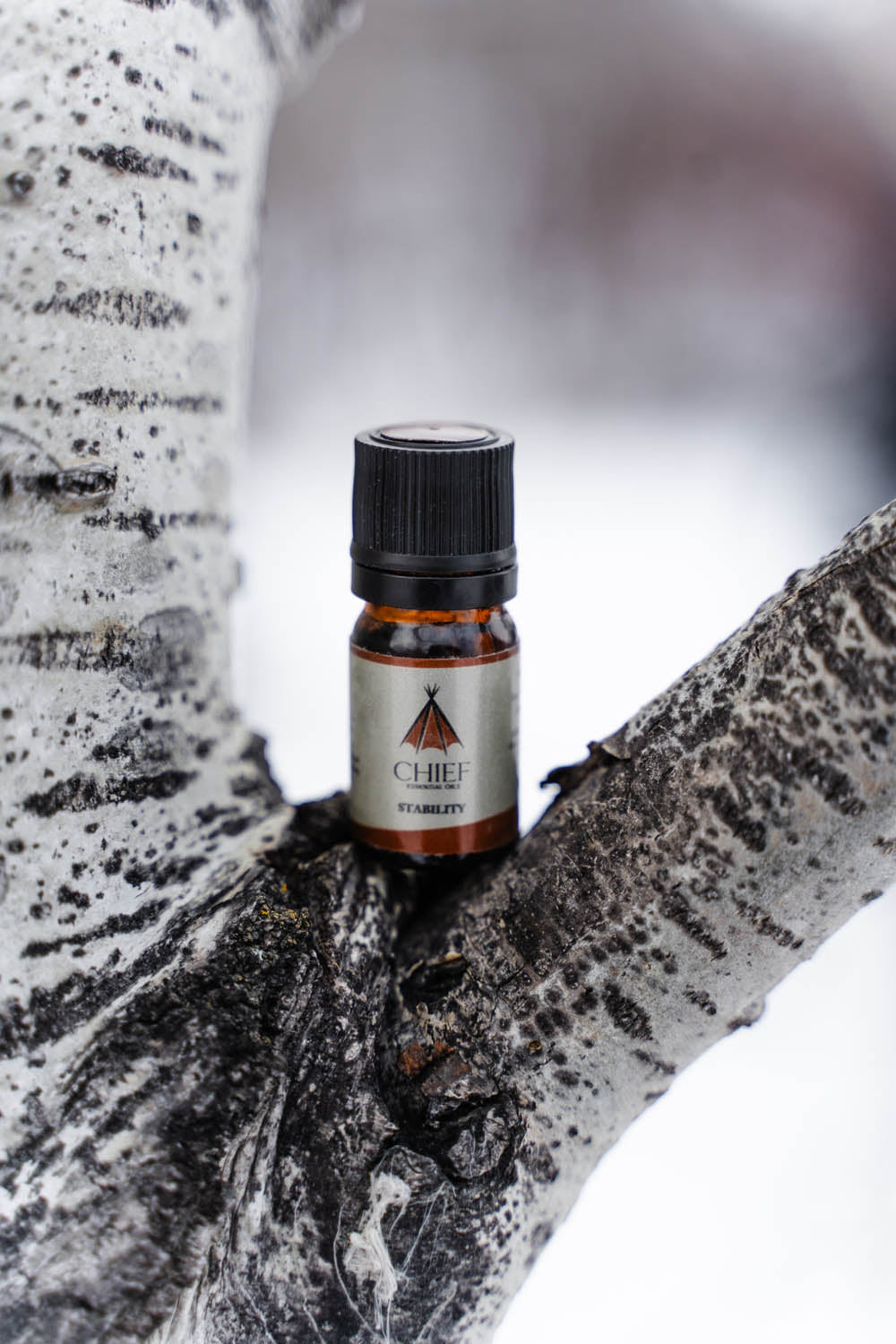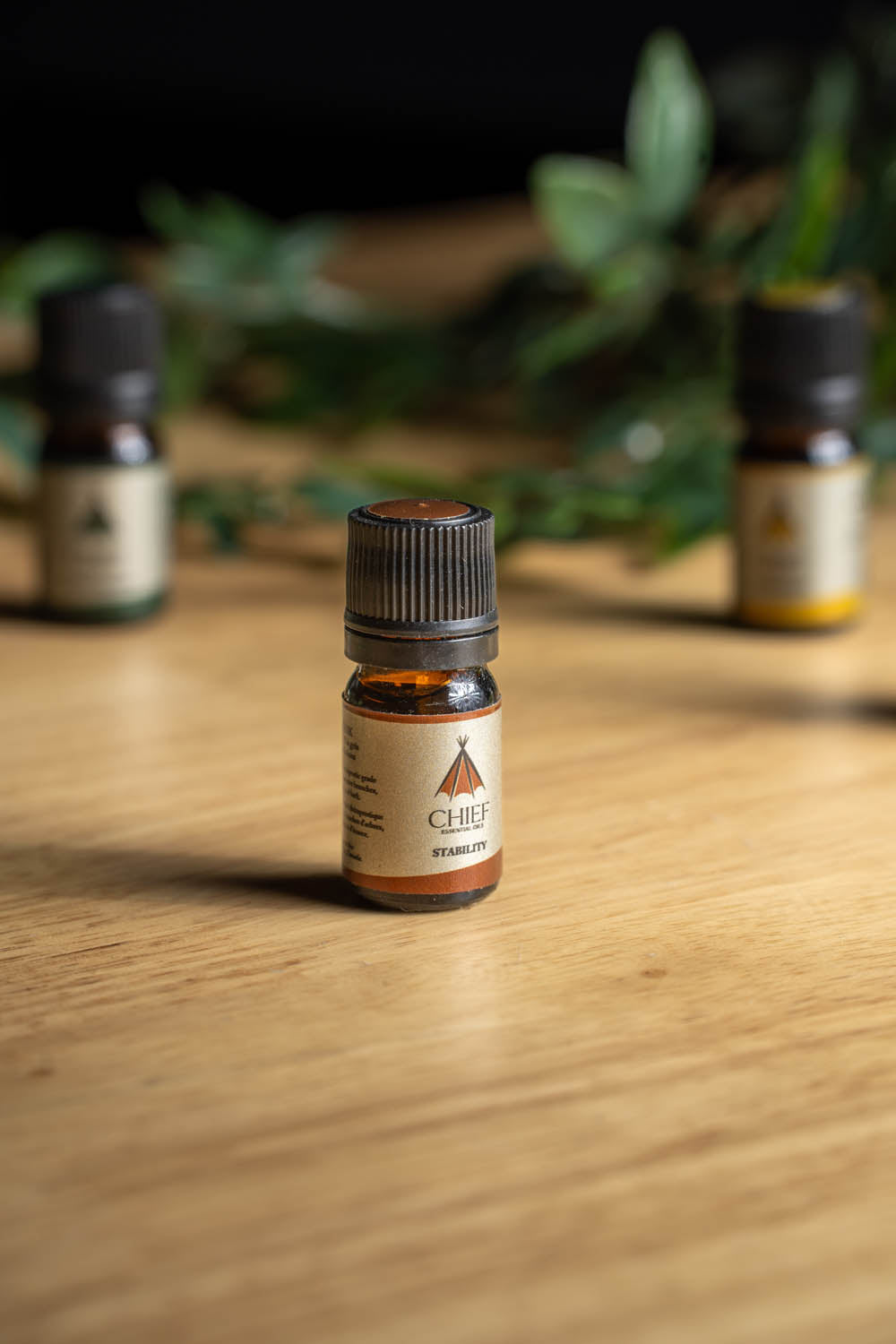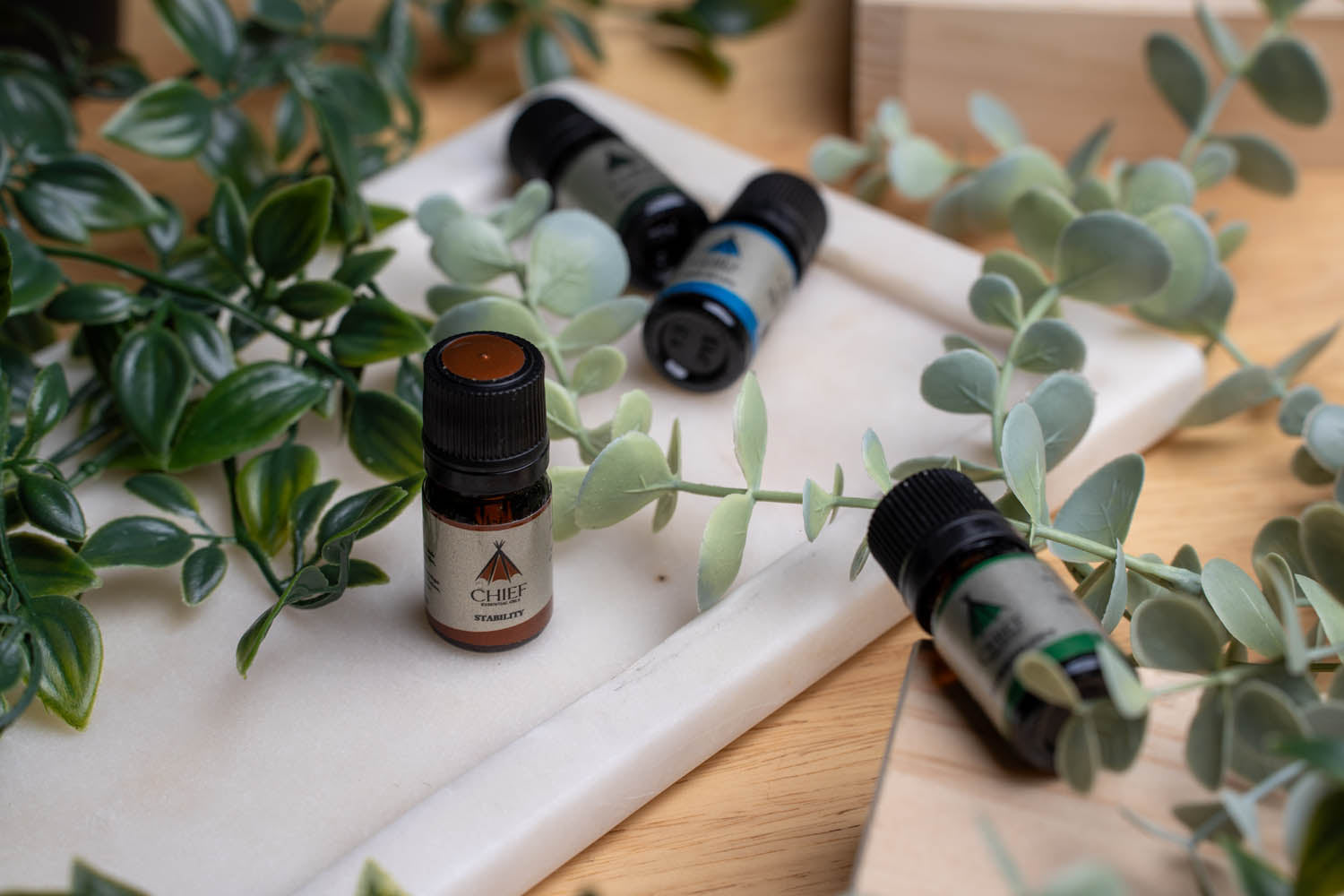Jack Pine • Pin gris • Pinus Banksia
Uschisk
Uschisk
Stability Essential Oil
Description
Description
Jack Pine (Pinus banksiana) is an eastern North American coniferous tree that grows to 30 to 70 feet in height. Its bark is scaly and orange to red-brown.
Branches grow descending to spreading-ascending and self-pruning poorly.
Twigs are rough, slender, orange-red to red-brown, aging to gray-brown.
Buds are resinous, ovoid-shaped, colored red-brown, measuring 0.2 to 0.4 inches (0.5 - 1 cm) long. Scale margins are nearly entire. Leaves (needles) grow in bunches of two, needle-like, twisted, slightly yellowish-green in color, and 0.8 to 1.6 inches (2 –4 cm) long.
Pollen cones are cylindrically shaped, 0.4 to 0.6 inches (10 - 15 mm), and yellow to orange-brown in color.
This oil is 100% pure, all-natural therapeutic grade oil. Use with caution.
Indications
Indications
Essential oils are a potent concentrate of active ingredients, which is why just a few drops are enough to exploit their powerful potential. Their use must therefore be done conscientiously and in accordance with the indications.
The use of essential oils is not recommended for children or for pregnant or breastfeeding women.
Bulk Pricing
Bulk Pricing
Are you interested in wholesale? Please reach out to us to discuss options.
Couldn't load pickup availability
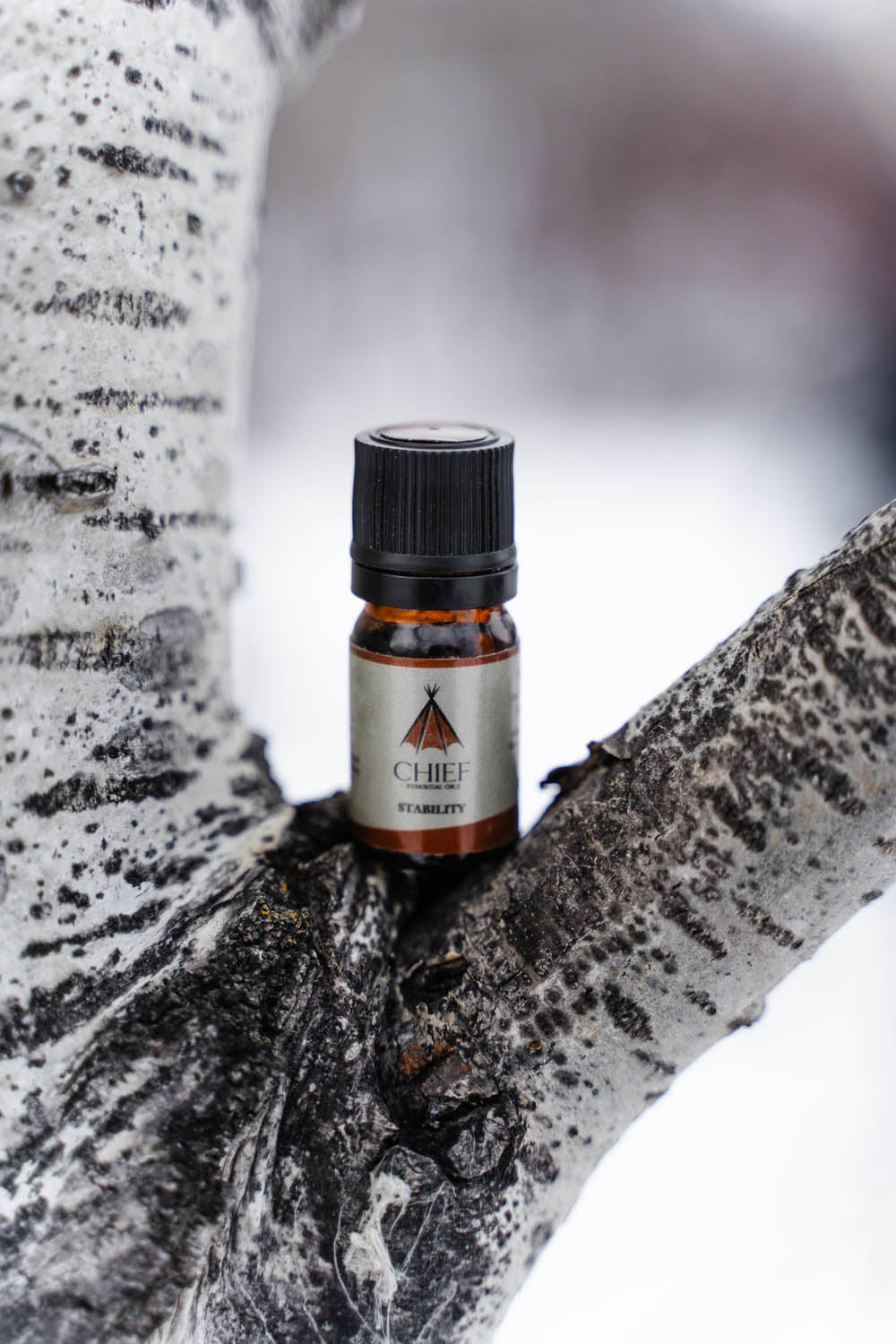
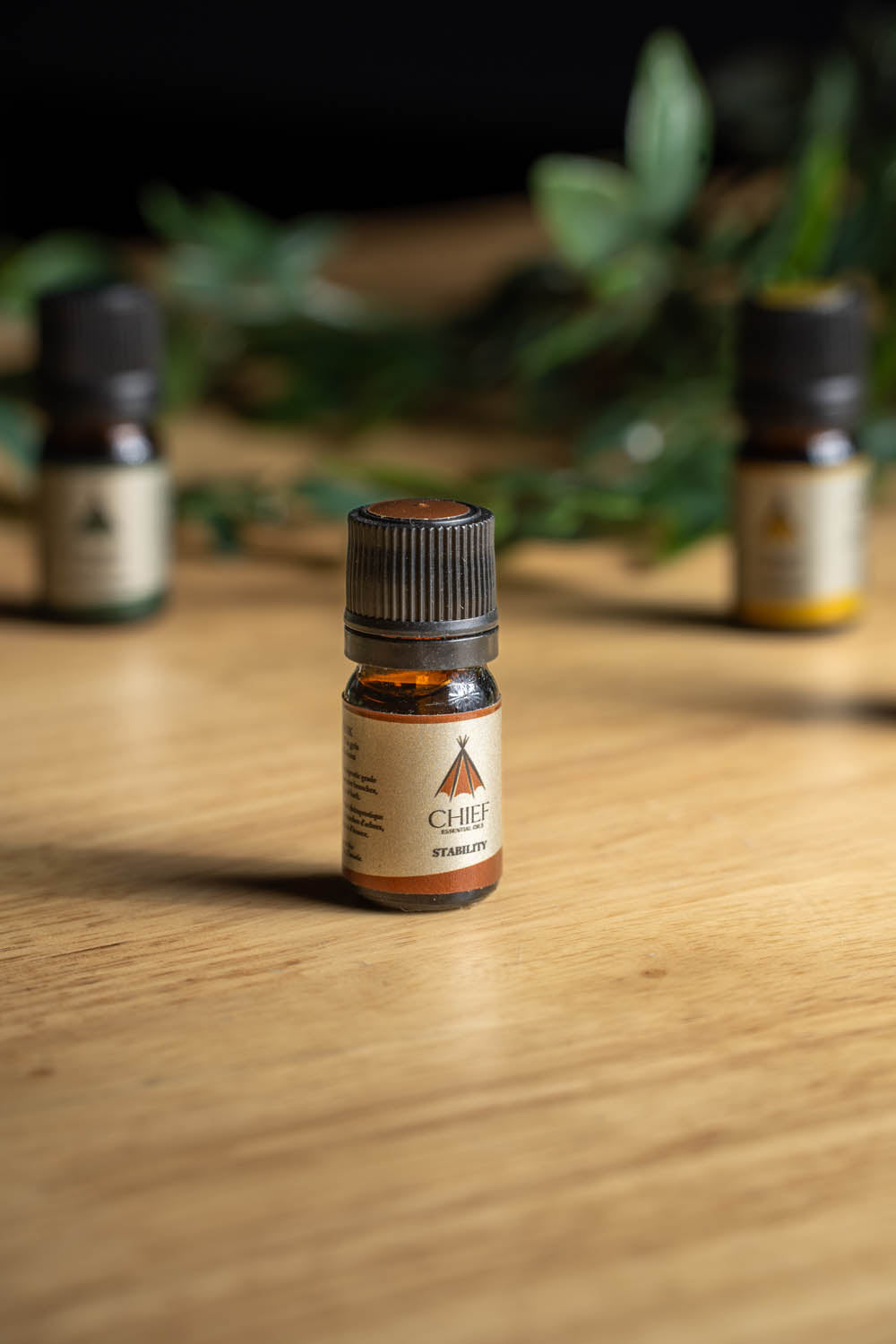
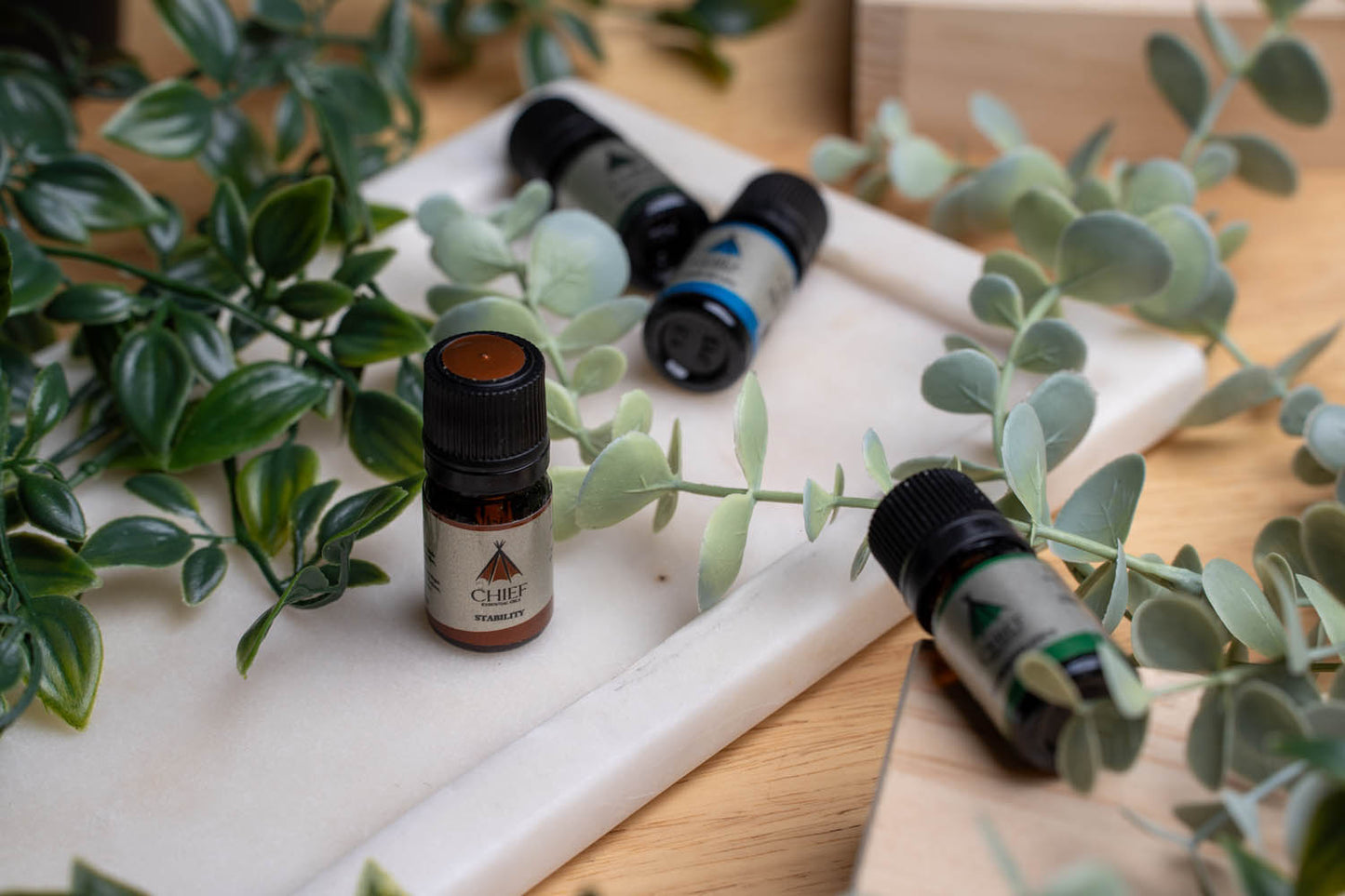
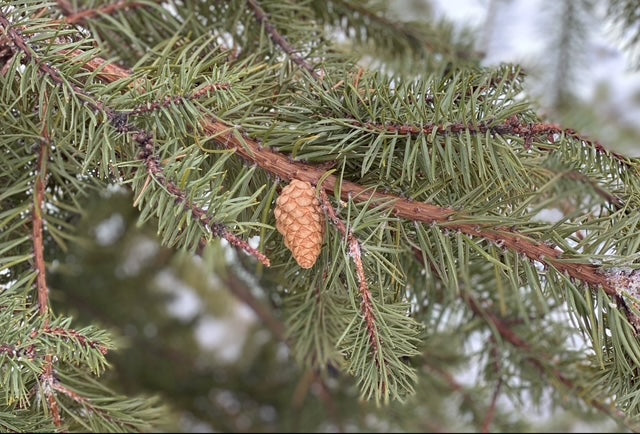
Usage
The Cree people of Quebec have used Jack Pine as traditional medicine. The turpentine obtained from the resin of all pine trees is antiseptic, diuretic, rubefacient, and vermifuge. It is a valuable remedy used internally to treat kidney and bladder complaints and as a rub and steam bath to treat rheumatic affections. In recent articles, Jack Pine tea is known to be a possible antidote for spike protein transmission. Jack Pine needle tea offers an inhibitory effect against components of the coagulation cascade against the inappropriate replication and modification of RNA/DNA and inhibitory effects against blood platelet aggregation and blood clotting. Jack Pine needle tea is one of the most potent antioxidants known to man, and it’s a superfood. Medical science has known about this antidote to contagion for almost 100 years. It is called ‘Suramin’, an isolated compound originally derived from an extract of pine needle oil. In short, ‘suramin’ is known to further decrease the activities of a larger number of enzymes involved in RNA/DNA synthesis and modification.
Traditional Recipes
Cree Traditional JACK PINE TEA
Jack Pine needle tea is a powerful traditional remedy and antioxidant-rich superfood. Known for its potential to support immunity and overall well-being, it has been used to address a variety of ailments.
Directions:
- Gather fresh or dried Jack Pine needles, ensuring they are thoroughly cleaned.
- Boil 4 cups of clean or distilled water in a pot.
- Add 1 cup of Jack Pine needles to the boiling water.
- Reduce heat and simmer gently for 15-20 minutes.
- Strain the tea using a fine strainer or coffee filter to remove all plant material.
- Serve warm, optionally sweetened with honey or a slice of lemon for added flavor and benefits.
Usage:
Drink 1/2 cup in the morning and 1/2 cup in the evening to support respiratory health, enhance circulation, and promote relaxation. Jack Pine tea may also help reduce inflammation and combat oxidative stress.
Note: This recipe is for informational purposes and should be used with care. Consult a healthcare provider before use, especially if pregnant, breastfeeding, or managing medical conditions.
Making Stability Uschisk Essential Oil
-
Distilled Parts
Needles, branches, twigs, bark, and cones
-
Extraction
Cree traditional harvesting, steam distillation
-
Properties
The number of nutrient elements, expressed in percentage of dry weight, in freshly fallen jack pine litter averages as follows: calcium, 0.61; potassium, 0.16; phosphorus, 0.04; nitrogen, 0.58; and ash, 4.15. The litter is acid with a pH of 3.8 to 4.3

